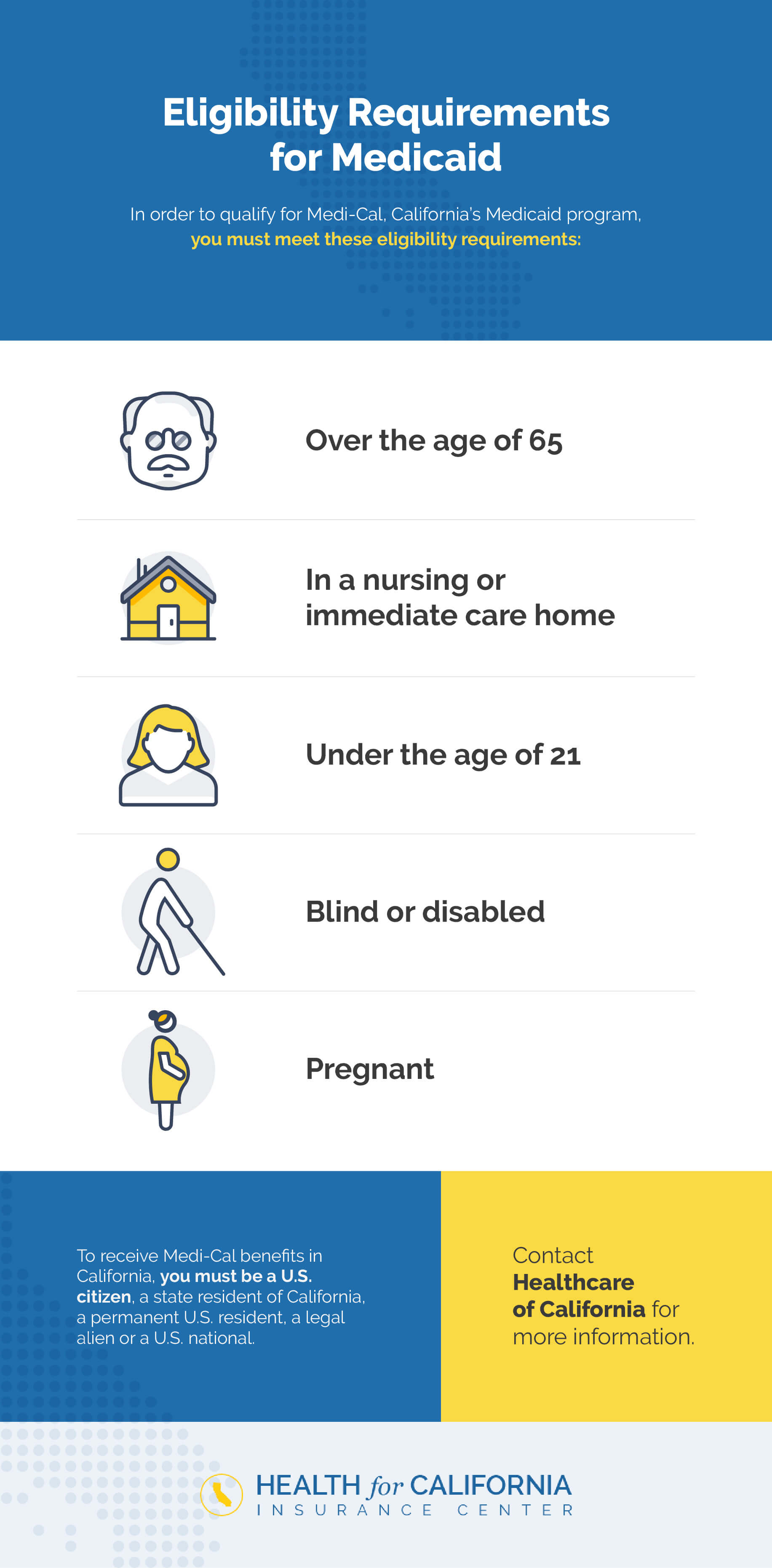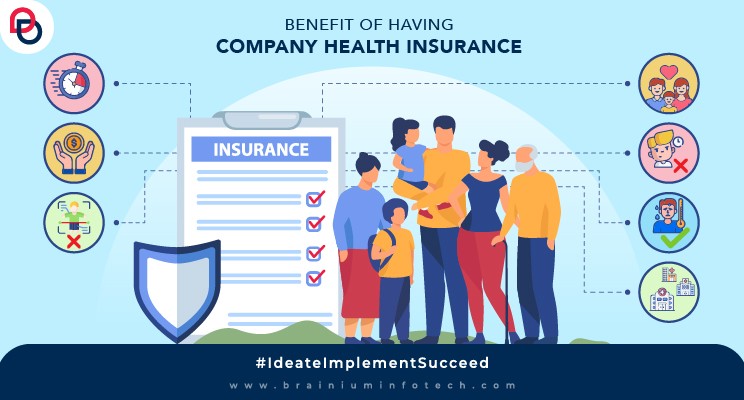8 Simple Techniques For Medicare Advantage Agent
8 Simple Techniques For Medicare Advantage Agent
Blog Article
Examine This Report about Medicare Advantage Agent
Table of ContentsNot known Incorrect Statements About Medicare Advantage Agent Excitement About Medicare Advantage AgentMedicare Advantage Agent Can Be Fun For Anyone

follows from puzzling the reasonably young age profile of the uninsured with the far better health and wellness, typically, of younger individuals. This covers the link in between wellness condition and health insurance. For those without accessibility to work environment health and wellness insurance coverage, poor health and wellness is a potential obstacle to buying nongroup coverage since such coverage might be highly valued, exclude preexisting problems, or be simply inaccessible. The variety of without insurance Americans is not specifically huge and has actually not changed in recent times. 7 out of ten participants in a nationally depictive study assumed that fewer Americans did not have medical insurance than actually do(Fronstin, 1998). Approximately fifty percent(47 percent )believed that the variety of individuals without medical insurance reduced or continued to be consistent over the latter fifty percent of the last decade(Blendon et al., 1999). This drop of practically 2 million in the variety of people 'without insurance policy (a decrease
of about 4 percent)is absolutely a favorable change. With a softer economic situation in 2000 the newest reported gains in insurance policy protection may not continue(Fronstin, 2001 ). The decrease in the number of without insurance will certainly not continue if the economy remains slow and health and wellness treatment prices remain to surpass inflation. This is since the information were accumulated for a period of strong economic efficiency. Of the estimated 42 million people who were uninsured, almost concerning 420,000(about 1 percent)were under 65 years of age, the age at which most Americans end up being eligible for Medicare; 32 million were adults between ages 18 and 65, around 19 percent of all adults in this age; and 10 million were youngsters under 18 years of age, about 13.9 percent of all youngsters (Mills, 2000). These quotes of the number of persons uninsured are produced from the yearly March Supplement to the Existing Population Survey (CPS), carried out by the Demographics Bureau. Unless otherwise kept in mind, national price quotes of people without medical insurance and percentages of the populace with different type of protection are based upon the CPS, the most extensively utilized resource of estimates of insurance policy protection and uninsurance prices. These surveys and the estimates they yield are described briefly in Table B. 1 in Appendix B - Medicare Advantage Agent. These studies vary in size and tasting approaches, the inquiries that are inquired about insurance
5 Easy Facts About Medicare Advantage Agent Explained
coverage, and the time period over which insurance coverage or uninsurance is measured(Lewis et al., 1998, Fronstin, 2000a ). Still, the CPS is especially valuable due to the fact that it generates annual quotes reasonably rapidly, reporting the previous year's insurance policy coverage estimates each September, and because it is the basis for a regular set of price quotes for greater than twenty years, enabling evaluation of patterns in protection with time.

The smart Trick of Medicare Advantage Agent That Nobody is Talking About
Over a three-year duration beginning early in 1993, 72 million individuals, 29 percent of the U.S. populace, were without protection for at the very least one month. Within a single year(1994), 53 million people experienced at least a month without protection(Bennefield, 1998a). Six out of every ten uninsured grownups are themselves used. Although functioning does improve the possibility that a person and one's member of the family will have insurance coverage, it is not a warranty. Also participants of family members with two permanent wage earners have almost a one-in-ten chance of being without insurance (9.1 percent uninsured rate)(Hoffman and Pohl, 2000 ). The connection in between medical insurance and accessibility to care is well developed, as documented later in this phase. Although the connection in between medical insurance and wellness outcomes is neither direct neither straightforward, a comprehensive medical and health and wellness solutions research literature web links health and wellness insurance policy coverage
to enhanced access to care, much better quality, and boosted individual and populace health standing. The second report, on individual health and wellness results for without insurance adults, is represented by the inner circle of the number, while the third record, on household wellness, incorporates the subjects of the 2nd report yet highlights a various system of analysis, particularly, the family. The 6th record in the collection will offer info concerning methods and efforts embarked on in your area, statewide, or across the country to deal imp source with the absence of insurance and its unfavorable impacts. Degrees of evaluation for examining the results of uninsurance. This discussion of health insurance policy coverage concentrates primarily on the U.S. population under age 65 since virtually all Americans 65 and older have Medicare or various other public insurance coverage.
It focuses especially on those without any type of health and wellness insurance for any kind of length of time. The troubles faced by the underinsured remain in some areas comparable to those faced by the uninsured, although they are generally less extreme. Uninsurance and underinsurance, nonetheless, entail noticeably various policy issues, and the approaches for resolving them may differ. Throughout this research study and the five reports to adhere to, the main focus is on additional hints individuals with no medical insurance and therefore no assistance in paying for health and wellness care past what is readily available via charity and safety web organizations. Medical insurance is an effective aspect affecting receipt of care due to the fact that both people and medical professionals react to the out-of-pocket price of solutions. Wellness insurance coverage, however, is neither essential nor sufficient to gain accessibility to medical services. Nonetheless, the independent and direct effect of health
insurance policy coverage on access to wellness services is well developed. Others will certainly get the healthcare they require also without health insurance policy, by paying for it out of pocket or seeking it from providers who use treatment totally free or at highly subsidized prices. For still others, medical insurance alone does not ensure invoice of treatment due to various other nonfinancial barriers, such as a lack of healthcare carriers in their neighborhood, restricted accessibility to transportation, illiteracy, or linguistic and social differences. Formal research study concerning without insurance populations in the USA dates to the late 1920s and early 1930s when the Board on the Expense of Medical Treatment generated a collection of records about funding medical professional office gos to and hospitalizations. This issue ended up being prominent as the varieties of clinically indigent climbed up during the Great Anxiety. Empirical researches consistently sustain the web link in between access to care and boosted wellness end results(Bindman et al., 1995; Starfield, 1995 ). Having a routine source of care can be considered a forecaster of access, as opposed to a straight action of it, when health end results are themselves utilized as accessibility signs. This expansion of the idea of gain access to measurement was made by the IOM Committee on Checking Accessibility to Personal Wellness Care Provider(Millman, 1993, p. Whether or not parents are guaranteed shows up to affect whether or not their kids receive treatment as well as how much careeven if the youngsters themselves have insurance coverage(Hanson, 1998). The wellness of parents can click for more info impact their capacity to care for their children and the level of family members stress. Bothering with their kids's access to care is itself a source of stress for parents. Three phases comply with in this record. Phase 2 gives a summary of exactly how employment-based wellness insurance coverage, public programs and individual insurance coverage run and interact to give comprehensive but insufficient coverage of the united state population. This consists of a review of historic trends and public laws influencing both public and personal insurance, a conversation of the communications amongst the different kinds of insurance policy, and an examination of why people relocate from one program to one more or end up

Report this page